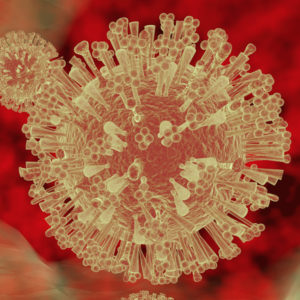
It’s late October and here in Wisconsin, like many of you, we are experiencing a change of seasons, with the associated drop in temperatures, changes in leaf color and later this week, Halloween.
Another thing that comes with fall is the start of cold and flu season. By “flu”, I mean influenza, caused by avian influenza viruses of the H-N type. Recent research results by teams at UWI-Madison and in Japan, makes the coming influenza season potentially more scary than usual.
In a recent Cell Host & Microbe paper, M. Imai et al. study a seemingly more virulent version of H7N9 avian influenza virus that is startling in its ability to spread from infected to healthy animal models. Based on a current epidemic of H7N9, human-to-human transmission with this strain is increasing.
Continue reading “H7N9 Influenza Virus: A Perfect Pathogen?”
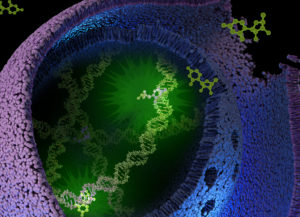

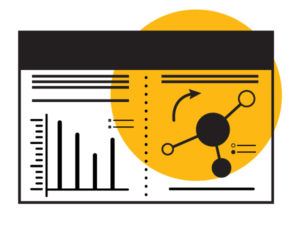
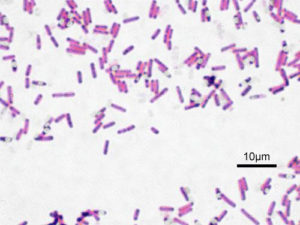

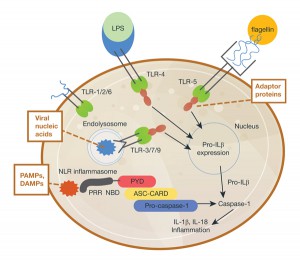
![One tired pony. By Rachel C from Scotland (Flickr) [CC BY 2.0 (http://creativecommons.org/licenses/by/2.0)], via Wikimedia Commons](https://www.promegaconnections.com/wp-content/uploads/2016/02/Equine_joke-269x300.jpg)
